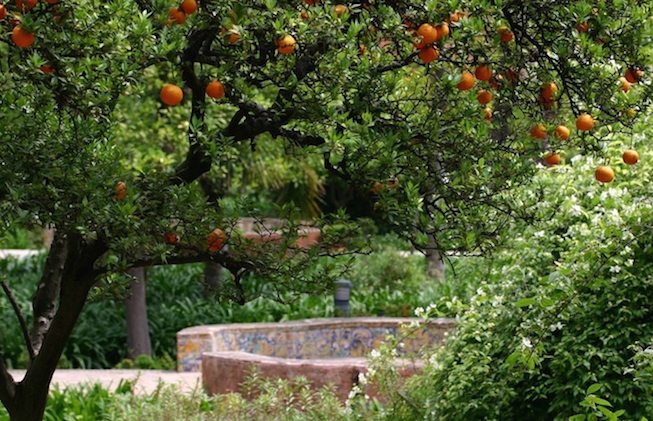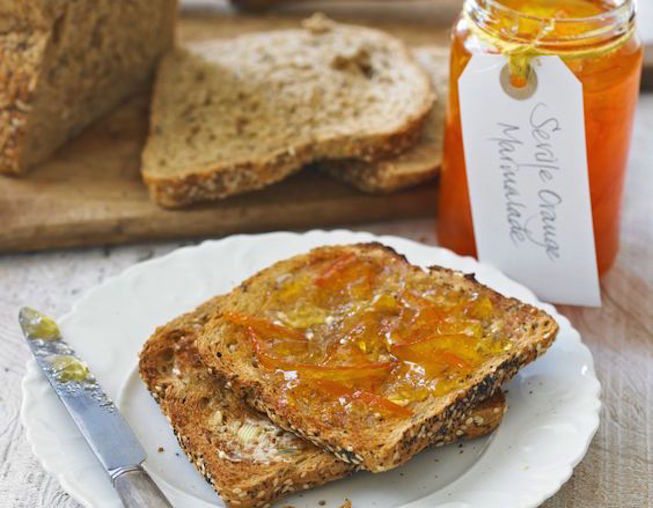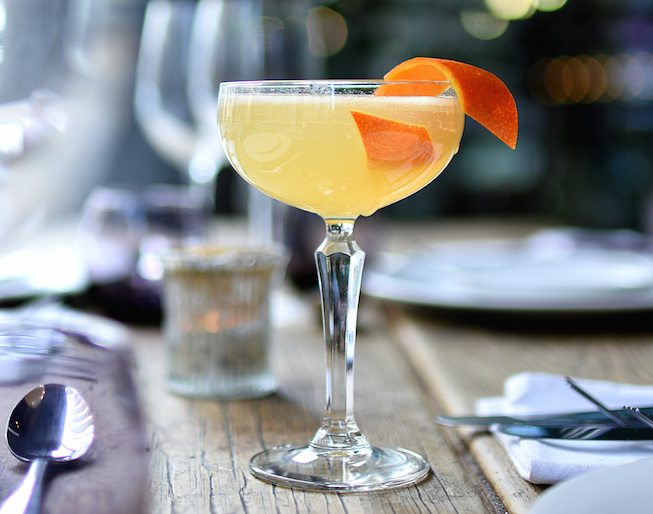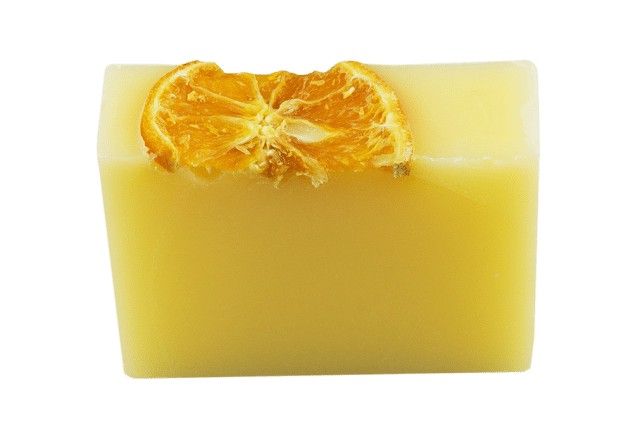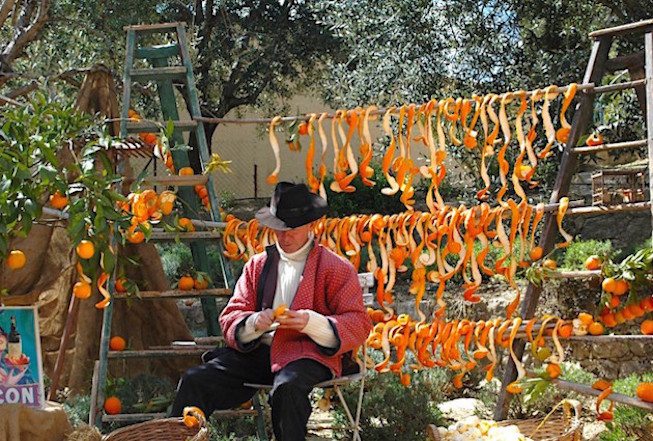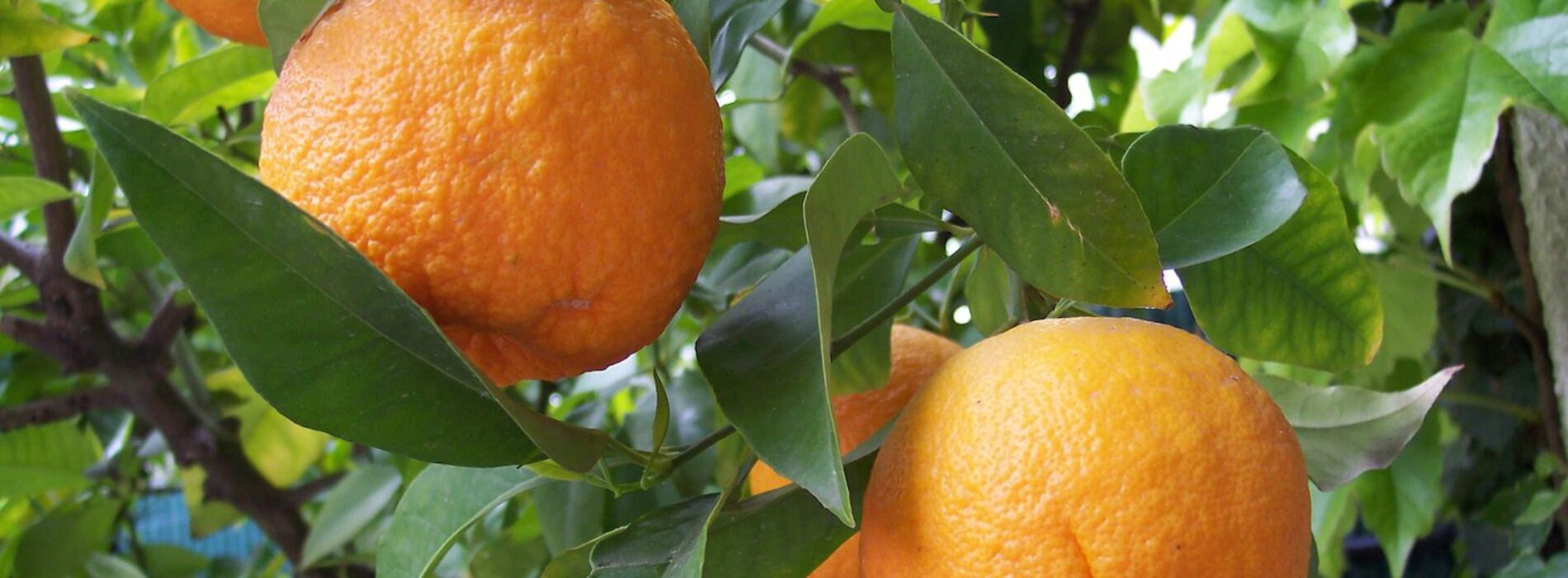
Savouring Seville
The season of one of the culinary world’s favourite fruits is coming to an end so we feel it’s important to send it out in style. Only available for 3 months from December through to February, the Seville orange has one of the shortest seasons. Until the end of February, our bespoke cocktail will be available on the specials menu, for £7.95, throughout our bars & restaurants.
“The Grand Seville”
The Seville orange’s favoured epicurean usage is, of course, marmalade. It has higher levels of pectin than the sweet orange, which produces a higher yielding, and better setting marmalade, making it the finest possible fruit for the task.
Marmalade can be used for much more exciting practices than spreading on your toast, however. Dawid, one of our expert mixologists at the Folly, has carefully curated “The Grand Seville”, a delightfully aromatic cocktail that combines Seville orange marmalade with a dash of lemon juice, a spattering of Grand Marnier and a good glug of Moscato. See the specifics here.
“The Grand Seville”
3 bar spoons of Seville orange marmalade
40ml Grand Marnier
10ml Lemon Juice
120ml Moscato
Fruity Facts and Failsafe Functions
So it turns out that the Seville orange has several non-edible purposes and quite an interesting history too…who would have expected that from such a sour, thick-skinned, knobbly fruit?
Misleading names: Contrary to what its name suggests the Seville orange was not actually born in Spain but in China. The sour oranges only made their way to the Mediterranean thanks to the trading routes. The Spanish then cultivated of the fruit that led to the Seville orange being developed in the 12th century.
Amazingly the sour orange was to the only variety of orange in Europe for the next 500 years!
Handy uses: Because they lather when mixed with water, in the Pacific islands the fruit is crushed and the leaves are macerated to make a substitute for soap. On the other hand, in Chinese medicine the fruit is used to treat nausea, indigestion and constipation….
Spanish celebrations: The orange is such an important part of Seville’s colourful history that they celebrate Jornadas de la Naranja de Sevilla every February. Restaurants incorporate it into many of their dishes and products that use the orange are showcased in market stalls and shows.
Woody procedures: In some places it’s not just the fruit that’s useful. The wood from the Seville orange tree is used in carpentry and in Cuba it is even used to make baseball caps!
Culinary Ideas
There are so many fun and exciting ways to use these oranges that we need to tell you all about them so you can make the most of their last couple of weeks in season. We particularly love using them in cocktails (obviously), marinades, vinaigrettes and flavoured syrups, sugars and salts.
Pairings: here are a few of the best culinary pairings for the Seville orange: fennel, fresh herbs, rice, aged cheeses and most seafood.It’s also worth trying it with some of the most popular spices used in Spanish cooking, such as saffron, paprika and cayenne pepper.
Get your hands on the last of the Seville oranges now and get cooking. Did we mention they’re revered for their oils? Oh and don’t eat them like a normal fruit…even for those of us without a sweet tooth, the taste is unpleasant.
You may be interested in
Summer is well and truly (finally!) upon us and so at last we can get fully involved in the Pimms while the sun is out instead of the rain. It’s not just Pimms on the cards this summer though, we’ve got a load of exciting drinks to tempt you – here are some of the best.
Read More